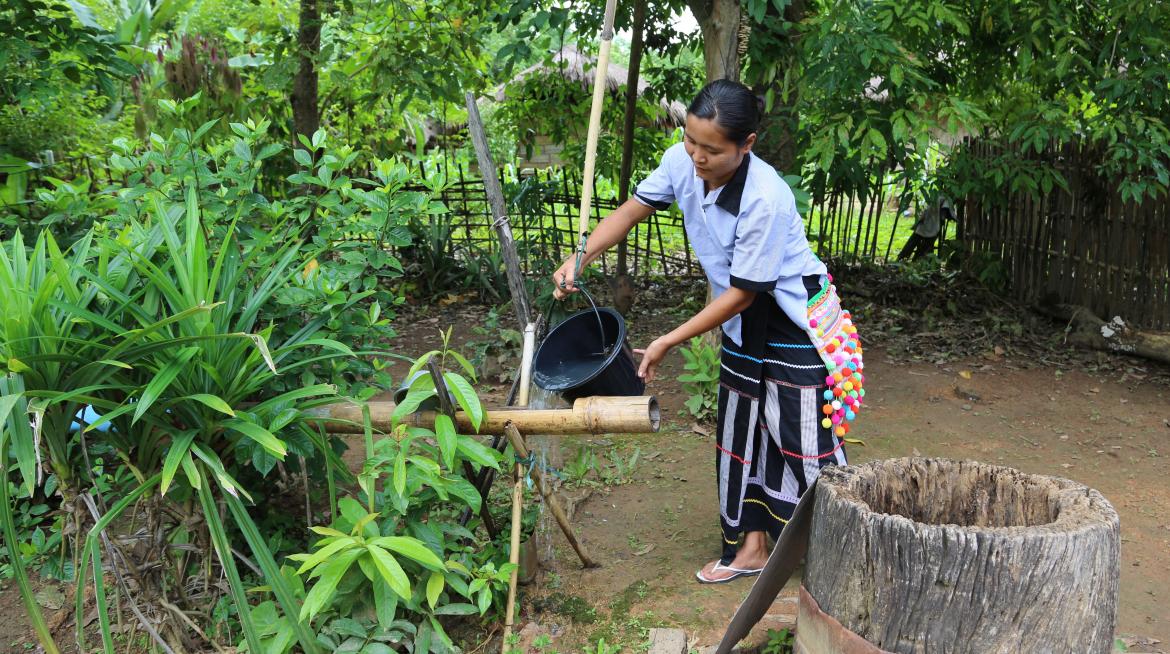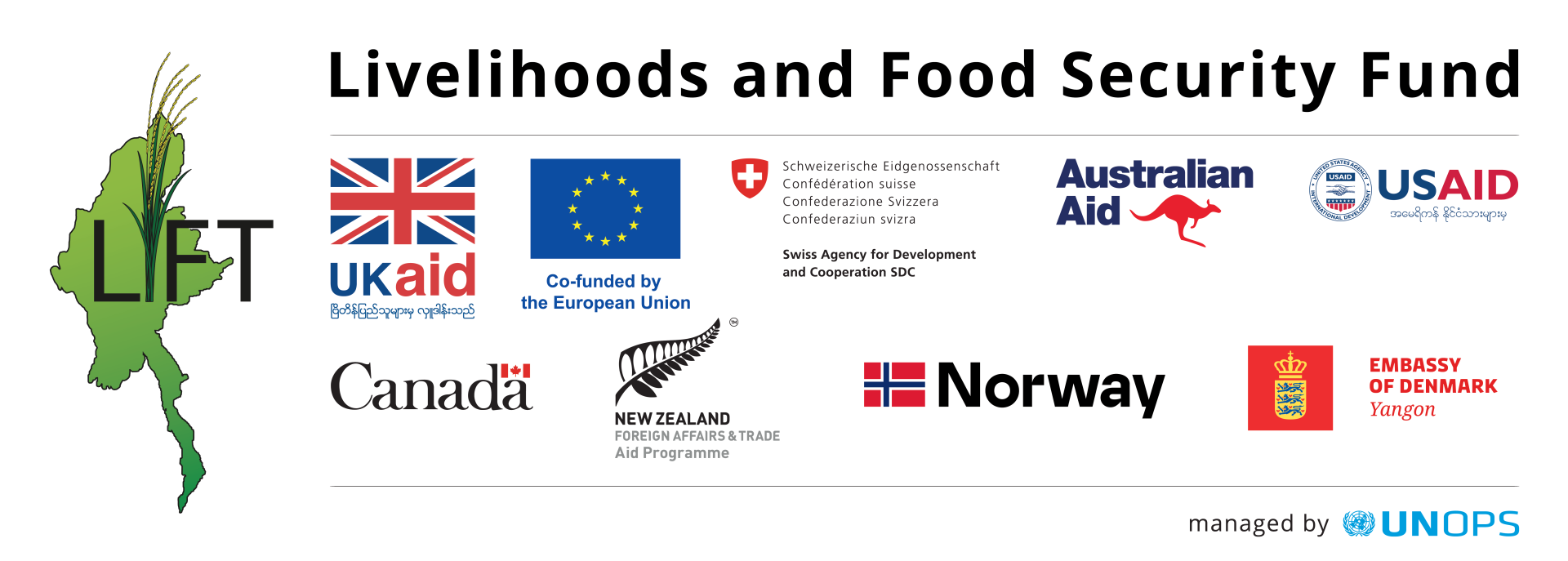
LIFT monitors its progress and the changing rural landscape not only through the collection of quantitative data, but also qualitative data which uses people's perceptions and opinions to describe life in rural Myanmar.
After completing a pilot on qualitative monitoring in 2011, LIFT commissioned a three-year Qualitative Social and Economic Monitoring (QSEM) study to examine different livelihood strategies and activities, the wider factors that shape the strategies, and how the social and institutional features of community life affect people’s livelihoods choices and outcomes.
QSEM 1 took place in 2011, QSEM 2 in 2012 and QSEM 3 in 2013. Work is ongoing for QSEM 4. Fieldwork is carried out by Enlightened Myanmar Research (EMR) with support and technical assistance from the World Bank.
Main findings from QSEM 3 show that:
- there has been little change in the basics of people’s livelihoods
- there is incremental change in the village livelihoods context and new dynamics particularly in land, labour and credit
- there is perceived intensification in the kinds of problems and shocks people face and some changes in coping, particularly with migration
- there is flux in village governance, collective bargaining and other aspects of village institutions
The speed with which changes in government policy have influenced the study villages is clear. Rapid change resulting from the implementation of the new land laws and the ward and village tract administration law is affecting local disputes, local organisation and village representation and leadership. As in previous rounds, there was regional variance.


